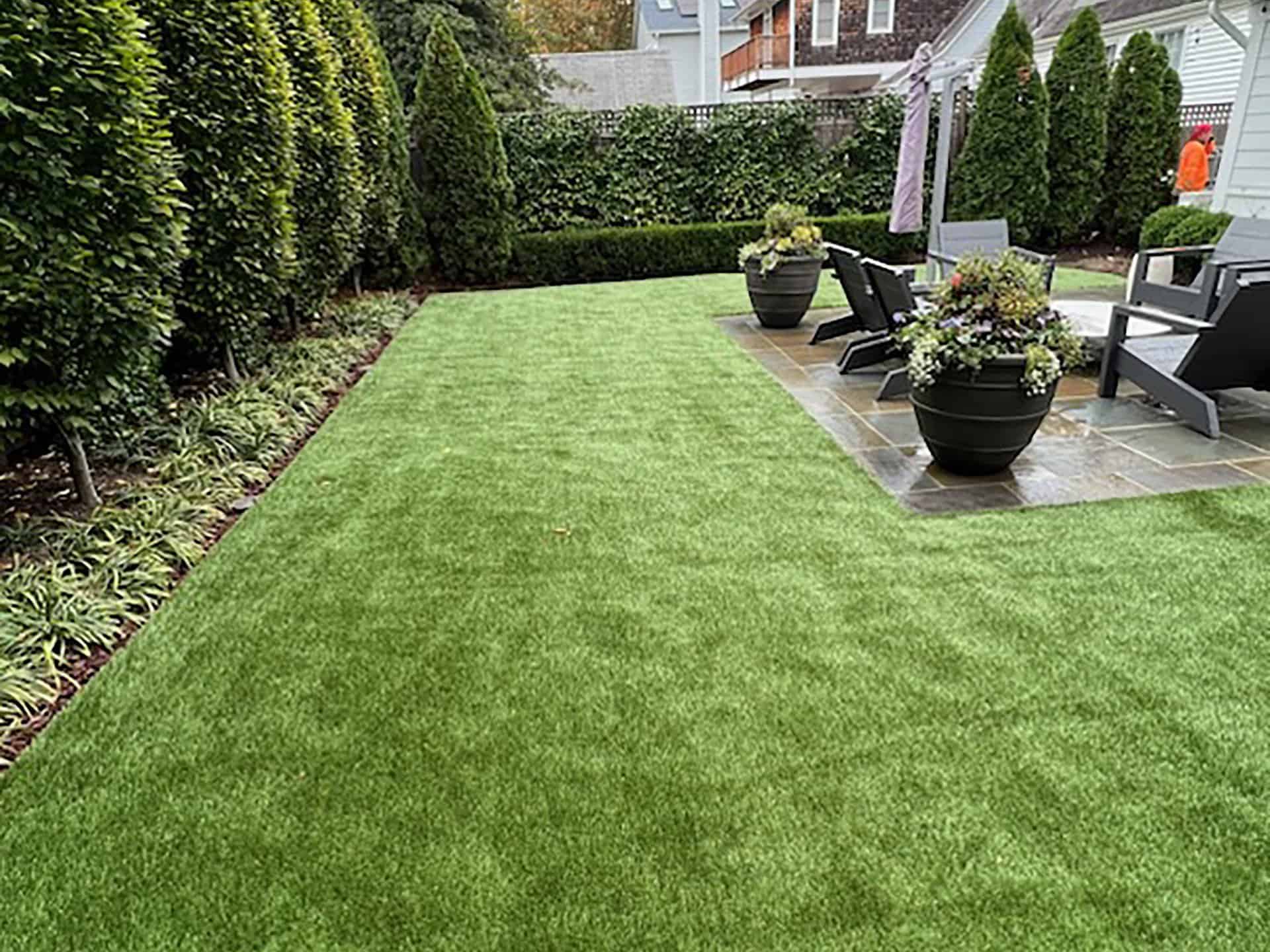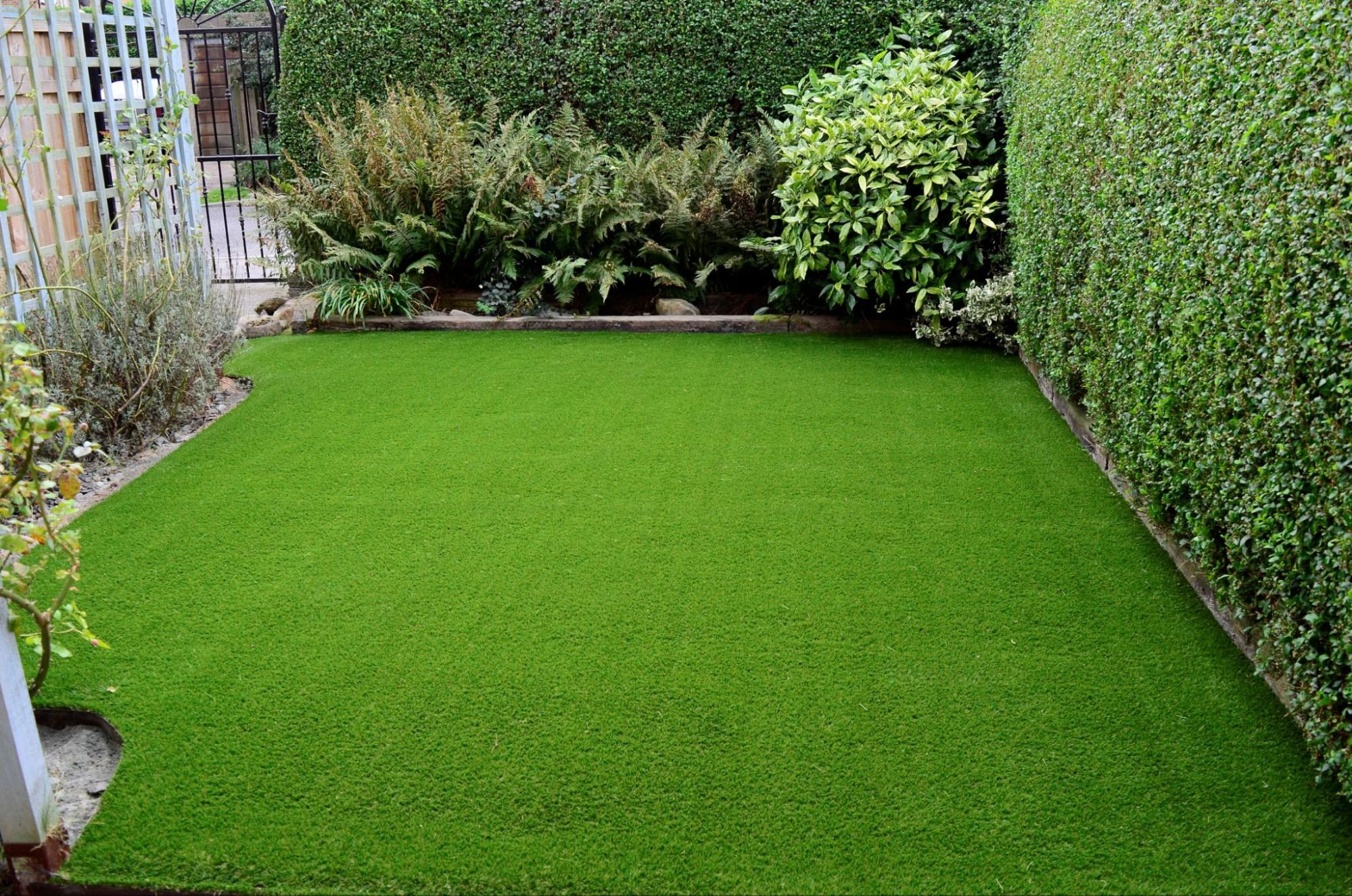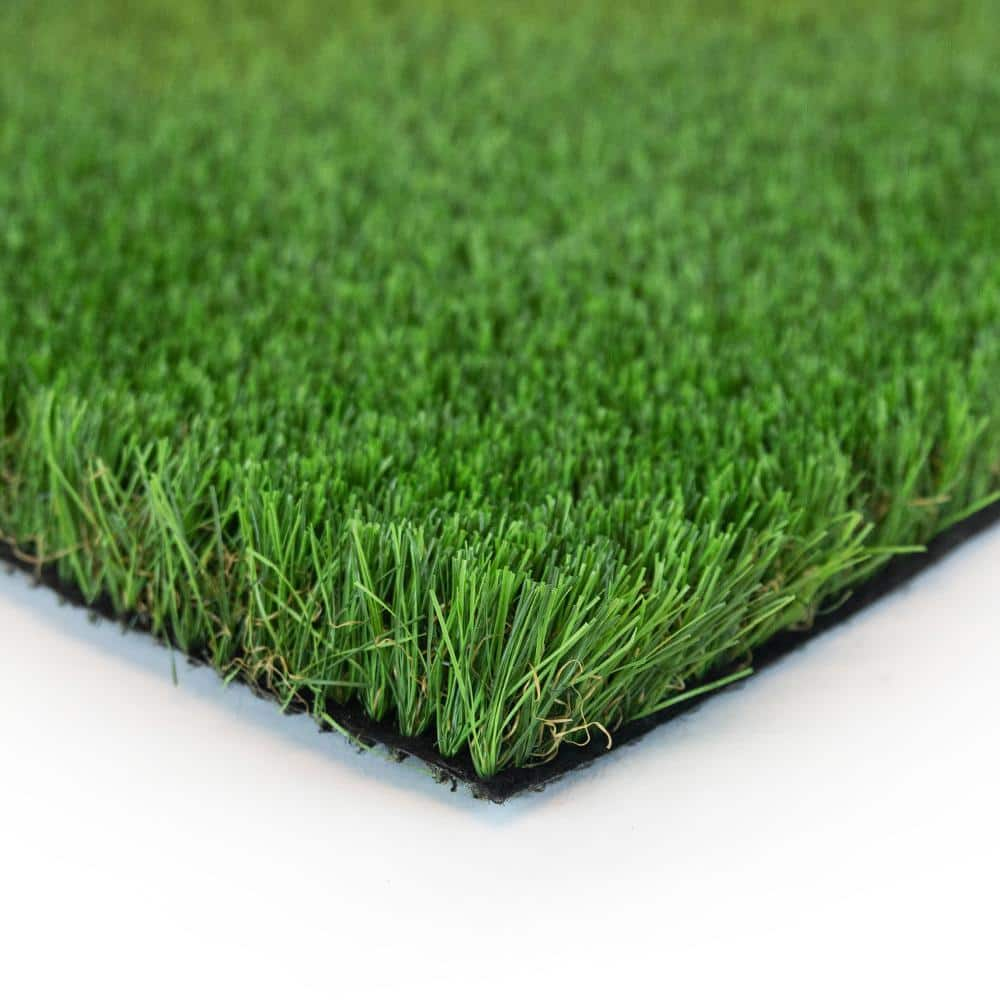Eco-Friendly Arizona Artificial Turf for a All-Season Lush Green Lawn
Eco-Friendly Arizona Artificial Turf for a All-Season Lush Green Lawn
Blog Article
Explore the Environmental Advantages of Opting for Artificial Turf Solutions
The adoption of man-made grass solutions presents a compelling opportunity to deal with pressing ecological difficulties. By considerably lowering water use and minimizing the application of harmful chemicals, these alternatives not just advertise lasting landscape design but also secure local ecological communities. The lower carbon impact linked with decreased maintenance activities adds to a more sustainable technique to land management. Nonetheless, the effects of these advantages prolong past mere preservation efforts, questioning regarding their long-term influence on habitat conservation and total eco-friendly balance. Discovering these measurements exposes a complex interplay worth taking into consideration.
Water Conservation Conveniences
Among the most significant advantages of man-made grass is its ability to save water. Typical turf yards need considerable watering, particularly in areas susceptible to dry spell or water restrictions. On the other hand, artificial lawn does not need watering, dramatically reducing the overall demand for water resources. This feature is especially helpful in deserts where water shortage is a pressing issue.
By getting rid of the need for regular watering, synthetic grass adds to sustainable landscape techniques and aids minimize the environmental impact of excessive water intake. The conservation of water expands to the reduction of runoff, which can lead to dirt erosion and waterway contamination.
In addition, the installation of man-made turf enables homeowners and communities to designate water resources extra effectively, concentrating on necessary uses such as drinking water and agriculture. The change in the direction of synthetic grass not only promotes liable water use however also straightens with more comprehensive environmental goals intended at maintaining natural sources.
As communities progressively prioritize sustainability, the water conservation benefits of artificial grass present a compelling case for its fostering in residential and industrial landscaping projects.
Lowered Chemical Usage
The shift to synthetic grass significantly lowers the reliance on chemical treatments typically made use of in all-natural turf maintenance. Traditional lawn monitoring commonly involves the application of fertilizers, herbicides, and pesticides to promote development and control bugs. These chemicals can position threats to human wellness, neighborhood wildlife, and the atmosphere, contributing to dirt and water contamination.
In contrast, man-made lawn gets rid of the requirement for these unsafe materials. Once mounted, it requires marginal maintenance, mainly containing normal cleansing and occasional infill replenishment. This decrease in chemical usage not only profits the immediate environment but likewise adds to broader ecological security. By reducing the release of synthetic compounds right into the ecological community, man-made turf advertises much healthier dirt and water supply.
Additionally, the lack of chemical overflow connected with synthetic grass installations assists shield neighborhood waterways from air pollution, supporting marine life and maintaining biodiversity. Phoenix turf companies. As areas increasingly prioritize sustainable methods, opting for artificial lawn offers a feasible solution that aligns with ecological preservation objectives. With this shift, building proprietors can take pleasure in lush eco-friendly areas without jeopardizing environmental health and wellness, leading the way for a more lasting future
Lower Carbon Footprint

In addition, the installation of synthetic grass can result in considerable water conservation. All-natural lawns need significant quantities of water for irrigation, which not only includes to the carbon footprint associated with water removal and therapy yet likewise pressures local water sources. In contrast, synthetic grass requires marginal upkeep, requiring no watering, thus dramatically reducing water usage and its associated energy prices.
Furthermore, the longevity of fabricated grass adds to its reduced carbon browse around here influence. With a life expectancy of as much as 15 years or even more, the requirement for regular substitutes is diminished, causing less waste and lower power intake in manufacturing and taking care of typical yard options. On the whole, synthetic grass provides a lasting option for ecologically conscious landscaping.
Environment Conservation
Environment conservation is a crucial factor to consider in the discussion over landscape design options, especially when comparing synthetic grass to all-natural turf. Natural yard lawns commonly call for comprehensive upkeep, consisting of using pesticides, fertilizers, and herbicides, which can negatively impact local environments. These chemicals can seep right into the soil and rivers, damaging indigenous plants and animals and disrupting neighborhood habitats.
Artificial grass removes the demand for hazardous chemicals, therefore safeguarding neighboring wild animals and maintaining the honesty of surrounding environments. The installment of fabricated lawn can lead to the conversion of previous turf areas right into more biodiverse landscapes, such as pollinator gardens or indigenous plant locations, which can support local wildlife.
Ultimately, the transition to synthetic grass not just saves water and minimizes maintenance efforts yet additionally fosters a more unified partnership between human activities and the native environment, advertising habitat preservation at the same time.
Long-Term Sustainability
Long-term sustainability is an essential consider reviewing the advantages of artificial lawn over standard turf lawns. One of one of the most significant benefits of synthetic grass is its sturdiness; it can last approximately 15-20 years with very little maintenance, whereas all-natural grass calls for frequent reseeding and substitute. This longevity decreases the requirement for continuous resources, such as water, fertilizers, and chemicals, which are vital for keeping a healthy grass lawn.
In addition, artificial turf contributes to a reduction in carbon discharges connected with lawn care devices. Typical grass commonly require gas-powered mowers, trimmers, and blowers, all of which add to air pollution. Arizona artificial turf. On the other hand, synthetic grass eliminates the demand for such equipment, promoting a cleaner setting
Furthermore, the manufacturing of man-made lawn significantly makes use of recycled materials, boosting its sustainability profile. As manufacturers embrace environmentally friendly practices, the ecological impact of synthetic grass remains to diminish.

Verdict
The fostering of synthetic grass solutions offers substantial environmental benefits, including substantial water preservation, lowered dependence on dangerous chemicals, and this post a lower carbon footprint. Artificial grass aids in maintaining natural habitats by minimizing land disruption and promoting long-term sustainability via the use of long lasting materials. Collectively, these factors underscore the possibility of synthetic grass to contribute favorably to ecological wellness and use a sensible choice to standard landscaping techniques in an increasingly resource-conscious globe.
In comparison, man-made grass does not require watering, substantially decreasing the overall need for water resources. By reducing the launch of artificial compounds into the environment, look at this site man-made turf promotes much healthier soil and water systems.
Furthermore, the setup of synthetic turf can result in substantial water preservation. In contrast, artificial lawn requires minimal upkeep, calling for no watering, consequently significantly reducing water usage and its linked energy prices.

Report this page